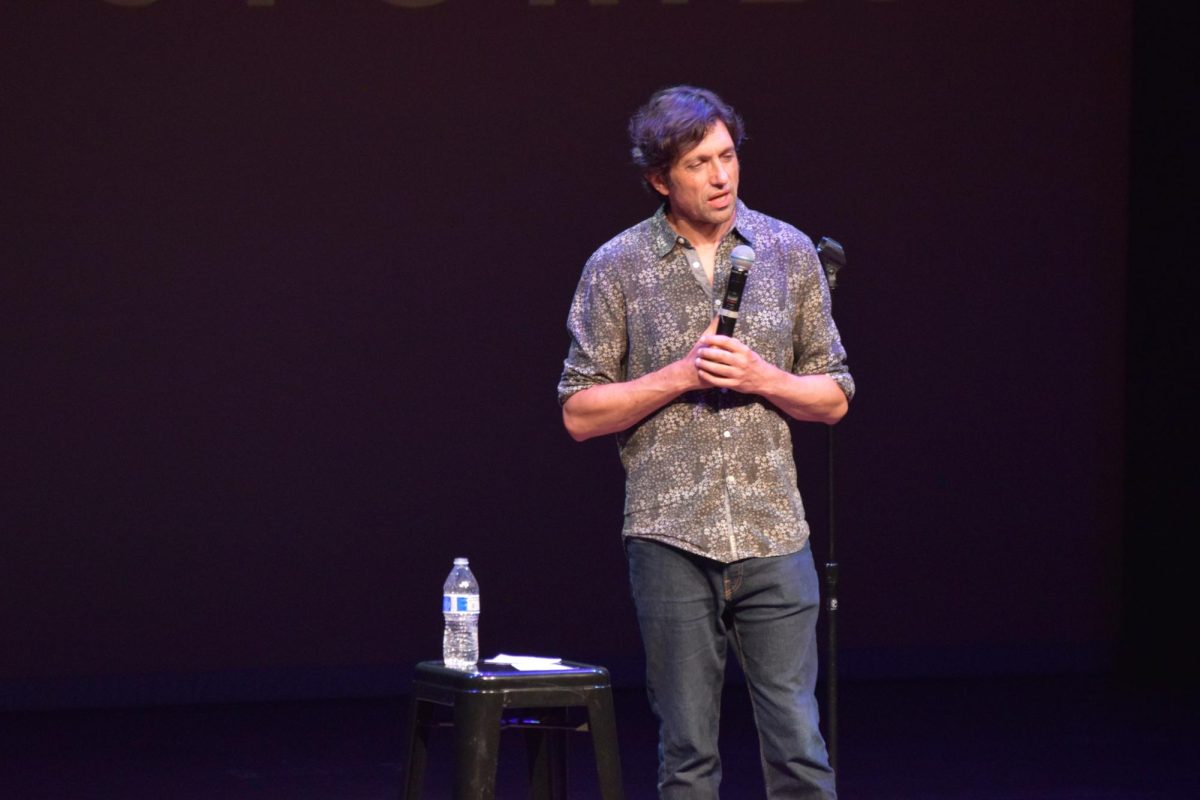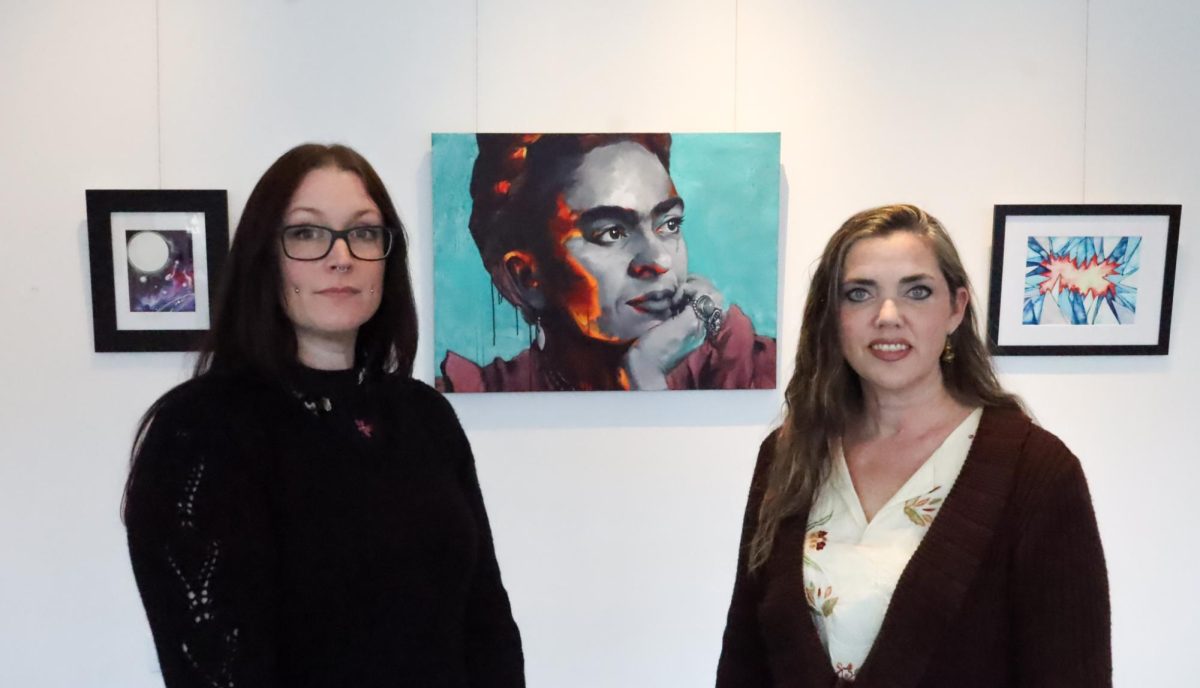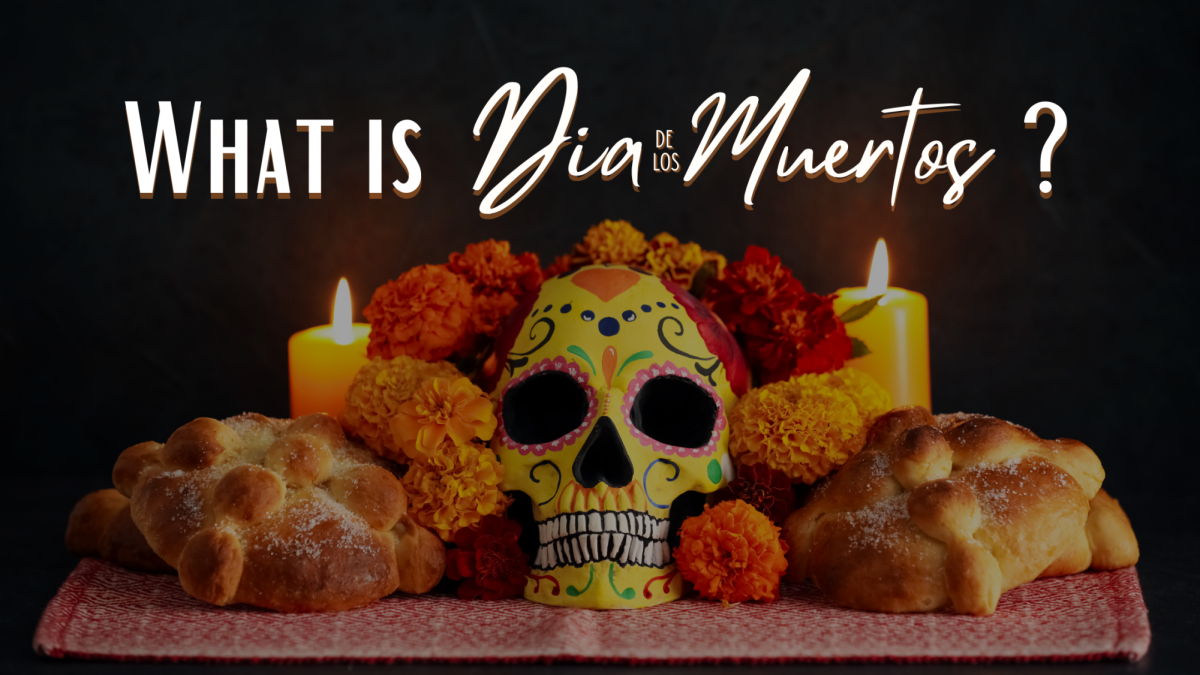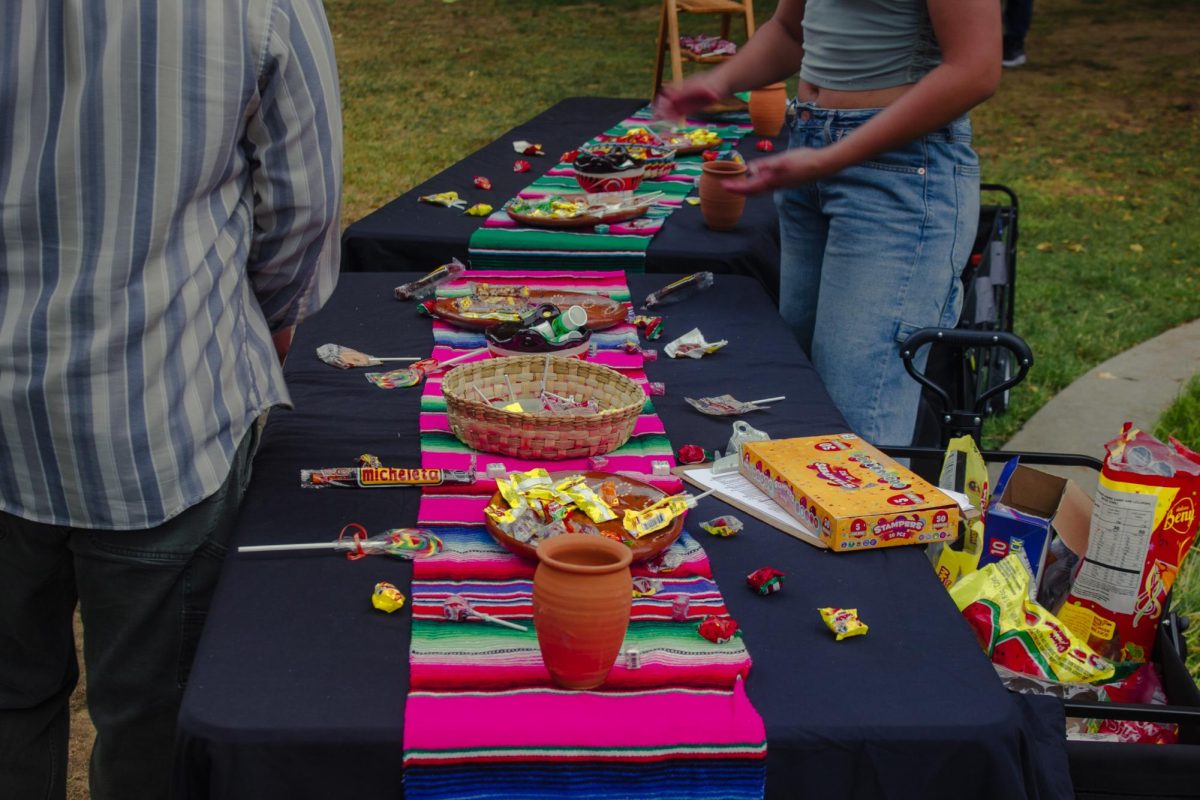Colorful papel picado, golden marigold flower petals, flickering candles and sugar skulls come together one time a year to celebrate and remember loved ones that have passed away.
While death is often associated with somber emotions, Día de los Muertos celebrates the lives of loved ones that have passed on by creating altars or ofrendas in their honor.
A blend of the Indigenous tradition of honoring the dead on their journey to the Land of the Dead and Catholic holidays like All Saints’ Day and All Souls’ Day, this Mexican holiday typically takes place from Nov. 1 to Nov. 2.
During Día de los Muertos, it’s believed that the veil between the spirit world and the real world dissolves. The souls of the dead awaken and return to the living world to celebrate with their loved ones.
According to National Geographic, Indigenous cultures, such as the Aztec, Toltec and other Nahua people, considered the mourning of the dead disrespectful. For these cultures, death was a natural phase of life’s cycle.
The dead are still a part of the community and during Día de los Muertos, they temporarily return to Earth. This tradition was merged with Catholic holidays after Spain’s colonization in the 16th century.
Ofrendas are created in remembrance of loved ones and to welcome these souls home. Various items are placed on these ofrendas as offerings to the souls that have made the long journey home.
These items include photos and memorabilia of those who are being remembered, flor de cempasúchil, or marigolds, to guide them home, sugar skulls, papel picado, water to quench their thirst and copal incense to purify the altar.
Día de los Muertos is observed all across Mexico with parades and festivals. The celebration reflects one big reunion. No ofrenda is like the other. Each one is uniquely created to honor the souls being remembered. In this tradition, life doesn’t end at death, it’s a part of it.

























































































































